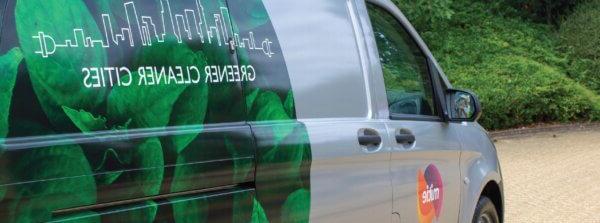Our most precious resource: Save water and boost sustainability
Let’s be honest – water is the most precious resource on Earth. Yet it’s one that we’ve taken for granted.
With global warming shaking up the climate and our water supply getting hit by droughts, 洪水, 和风暴, there’s a pretty alarming environmental forecast ahead. In fact, by 2030, we can expect to see worldwide water demand exceed supply by 40%.
态度的转变
It’s time we give water the attention it deserves, and organisations are starting to take note. 我们看到 态度的转变 节约用水, along with a growing awareness of the 能源 used to treat, process and distribute water and wastewater. Using less water from the environment is great, but it means we’ve got to find other ways to keep the taps flowing.
关键的第一步
那么,从哪里开始呢? A water audit will help your organisation identify areas for improvement. By reviewing water performance across all your sites, you’ll reveal the areas on which to focus conservation efforts. Consider everything from how you purchase water to the amount you waste through consumption or leakage.
The good news is many solutions are easy to implement and budget-friendly. From rainwater harvesting to adding vapour controls on taps, a little focus on water can mean plenty of cost and carbon savings. +, you’ll be doing your part to future-proof your organisation by adopting sustainable water management practices.
There’s also the option for organisations to save costs, identify leaks and access better data by buying their water and sewage service from suppliers other than their local utilities company. 米蒂可以帮忙.
Six steps to improve water conservation in your organisation
Want to build water conservation into your 净零战略? 以下是你可以采取的几个步骤:
- 进行水务审计. Understand your company’s water usage across different sites and figure out where you can make the most impact.
- 修复任何泄漏. Even small leaks can waste lots of water over time. Make sure you’re on top of maintenance to prevent unnecessary wastage.
- 安装雨水收集系统. Collect and store rainwater for non-potable uses, 比如灌溉和冲洗厕所, 减少对处理过的水的依赖.
- 升级水龙头和固定装置. 换掉旧的, inefficient taps with water-saving alternatives, such as low-flow taps and vapour controls.
- 与供应商合作. Work together to find ways to reduce water waste in supply chains and opt for eco-friendly alternatives.
- 监测用水情况. Regularly assess your organisation’s water consumption and make adjustments as needed to achieve even greater efficiency.
采取行动节约用水, your organisation can enjoy cost and carbon savings and contribute to a greener, 更可持续的未来. So, why not dive in and start making a positive impact on our planet’s most precious resource today?
的见解 from Michael Taylor, Managing Director at Mitie 浪费 and Environmental.
读下
在工作中抛弃一次性塑料
We’ve all seen it – single-use plastics piling up in the office, only to end up in general waste or incineration facilities. Coffee cups, plastic bottles, takeaway food packaging… that’s a lot of plastic…
Mitie’s Net Zero Navigator reveals decarbonisation predictions for 2024
Mitie has launched its 净零航海家2024, which reveals nine key decarbonisation predictions for the year ahead whilst offering advice and support for organisations taking their next steps on the transition to net…

State of Nature’s wake-up call to your organisation
The recent State of Nature report pulled no punches in highlighting the dire condition of UK nature. And as the UK is one of the world’s most nature-depleted countries, 难怪政府……